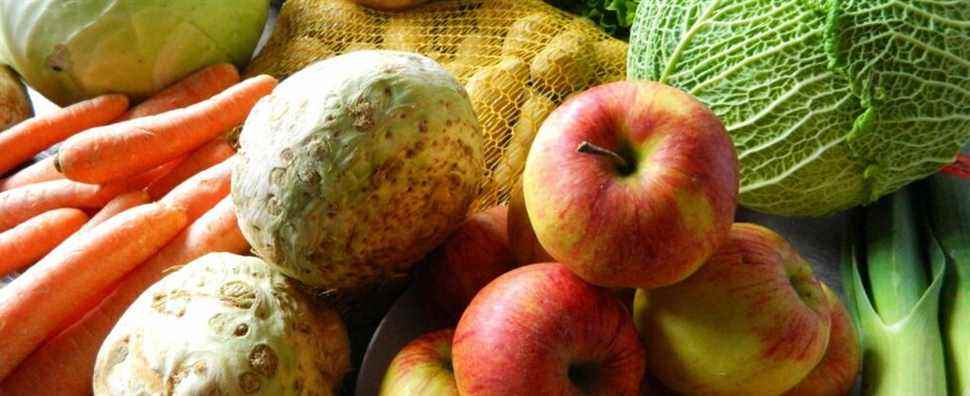The NGO Future Generations calls for an “emergency plan to reduce the use of pesticides” and “increased support for organic farming”.
Article written by
Posted
Update
Reading time : 1 min.
An underrated presence. The NGO Future Generations, which regularly scrutinizes the presence of pesticides in fruits and vegetables intended for consumption, deplores the existence of residues in nearly two thirds of non-organic fruits, vegetables and cereals.
The NGO bases its report on data provided by the Directorate General for Competition, Consumer Affairs and Fraud Control (DGCCRF). The latter provided samples for the year 2020 distinguishing between organic plants and those “from agriculture using synthetic chemistry”.
The DGCCRF has published results not only on residues above the “quantification limit”, that is to say whose laboratories can give the concentration, but also those above the “detection limit, but not quantified” . These two limits are nevertheless below the authorized legal threshold, the DGCCRF has therefore not detected any fruit and vegetable that would exceed the standards.
According to the analysis of the NGO Future Generations, 45.9% of all the samples, organic and non-organic, reveal pesticide residues above the limit of quantification. The percentage rises to 54.5% when considering only non-organic products where residues above the quantification limit are detected, and to 63.1% for residues in non-organic products above the detection limit.
Consequently, Future Generations calls for a “emergency plan to reduce the use of pesticides” and “increased support for organic farming”.
